
The Eternal Charm of the Pantheon Neighbourhood
Explore the timeless allure of Rome's Pantheon neighbourhood, where ancient history, vibrant culture, and culinary delights converge in a captivating experience.
Nestled in the heart of Rome, the Pantheon neighbourhood is a mesmerizing blend of ancient history and modern vibrancy. The Pantheon itself, a marvel of engineering and architecture, has stood the test of time, drawing millions of visitors who come to witness its grandeur. Built over 2,000 years ago, this former Roman temple now serves as a church and a burial place for Italian kings and notable figures, including the renowned artist Raphael. Surrounding the Pantheon, you will find a lively atmosphere with narrow cobblestone streets, quaint cafes, and bustling piazzas. Piazza della Rotonda, the square in front of the Pantheon, is particularly enchanting with its central fountain and street performers. This area is perfect for a leisurely stroll, offering numerous spots to sit and soak in the historic ambiance. Beyond the immediate vicinity of the Pantheon, the neighbourhood offers a plethora of cultural and culinary delights. From traditional Italian trattorias to chic boutiques, there is something for everyone. Be sure to explore the charming alleys and discover hidden gems, including artisanal gelato shops and elegant wine bars. The Pantheon neighbourhood is not just a destination; it is an experience that captures the essence of Rome's timeless allure.
Local tips in Pantheon
- Visit the Pantheon early in the morning or late in the evening to avoid crowds.
- Wear comfortable shoes as the cobblestone streets can be uneven.
- Enjoy a coffee or a meal at one of the cafes in Piazza della Rotonda for a perfect view of the Pantheon.
- Don't miss the nearby Church of Santa Maria sopra Minerva, home to Michelangelo's Christ the Redeemer statue.
- Keep some small change handy for tipping street performers or making small purchases at local shops.
The Eternal Charm of the Pantheon Neighbourhood
Nestled in the heart of Rome, the Pantheon neighbourhood is a mesmerizing blend of ancient history and modern vibrancy. The Pantheon itself, a marvel of engineering and architecture, has stood the test of time, drawing millions of visitors who come to witness its grandeur. Built over 2,000 years ago, this former Roman temple now serves as a church and a burial place for Italian kings and notable figures, including the renowned artist Raphael. Surrounding the Pantheon, you will find a lively atmosphere with narrow cobblestone streets, quaint cafes, and bustling piazzas. Piazza della Rotonda, the square in front of the Pantheon, is particularly enchanting with its central fountain and street performers. This area is perfect for a leisurely stroll, offering numerous spots to sit and soak in the historic ambiance. Beyond the immediate vicinity of the Pantheon, the neighbourhood offers a plethora of cultural and culinary delights. From traditional Italian trattorias to chic boutiques, there is something for everyone. Be sure to explore the charming alleys and discover hidden gems, including artisanal gelato shops and elegant wine bars. The Pantheon neighbourhood is not just a destination; it is an experience that captures the essence of Rome's timeless allure.
Iconic landmarks you can’t miss
Pantheon
Explore the Pantheon, Rome's architectural marvel, where 2,000 years of history converge under a magnificent dome.
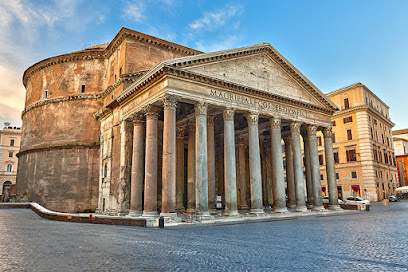
Piazza Navona
Discover the vibrant atmosphere of Piazza Navona, a historical landmark in Rome renowned for its stunning fountains and lively street culture.
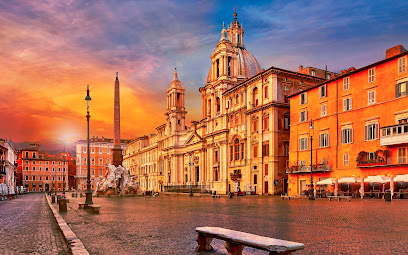
Roman Forum
Discover the heart of ancient Rome at the Roman Forum, a captivating archaeological site filled with history and stunning views of iconic landmarks.
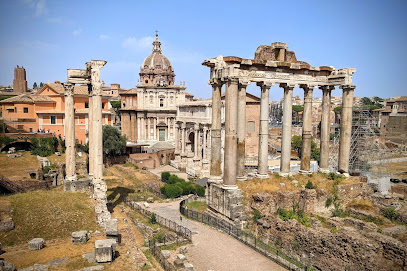
Neptune Fountain
Discover the breathtaking Neptune Fountain in Piazza Navona, a stunning Baroque masterpiece surrounded by history, art, and vibrant Roman life.
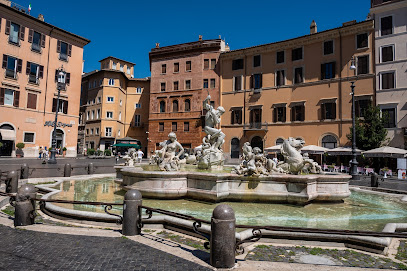
Obelisco del Pantheon
Explore the Obelisco del Pantheon, a stunning Roman landmark blending ancient history with vibrant culture in the heart of Rome.
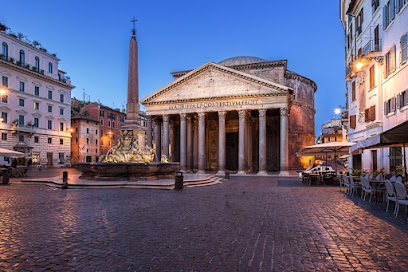
Altar of the Fatherland
Discover the Altar of the Fatherland, a stunning monument in Rome that symbolizes Italy's unity and history, offering breathtaking views and rich cultural insights.
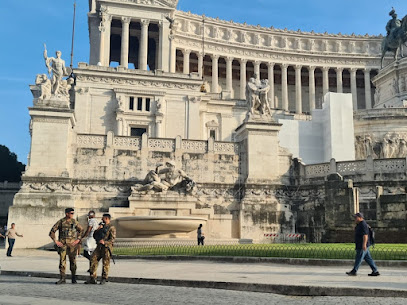
Piazza della Rotonda
Discover the enchanting Piazza della Rotonda, home to the magnificent Pantheon and a vibrant hub of history and culture in the heart of Rome.
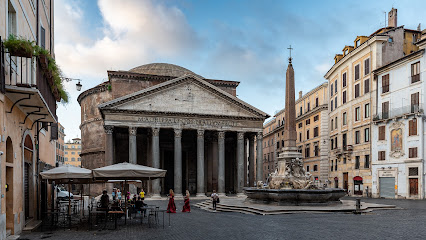
Di Rienzo Pantheon Palace
Experience the charm of Rome at Di Rienzo Pantheon Palace, a cozy bed & breakfast near the iconic Pantheon, perfect for travelers seeking comfort and culture.

Raphael's tomb
Explore the timeless beauty and artistic legacy of Raphael at his tomb, nestled within the stunning Pantheon in Rome.
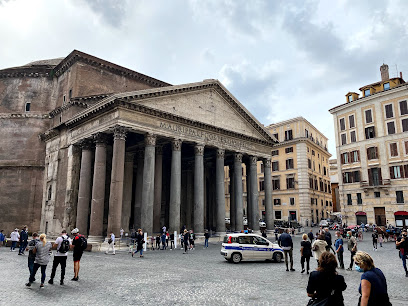
Colonna Places Pantheon Apartments
Discover the elegance of Rome at Colonna Places Pantheon Apartments - your gateway to luxury living amid historic treasures.
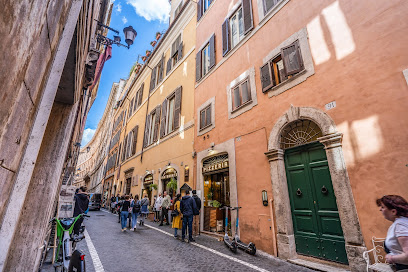
Unmissable attractions to see
Temple of Hadrian
Explore the Temple of Hadrian, a historical treasure in Rome, showcasing stunning architecture and rich ancient history.
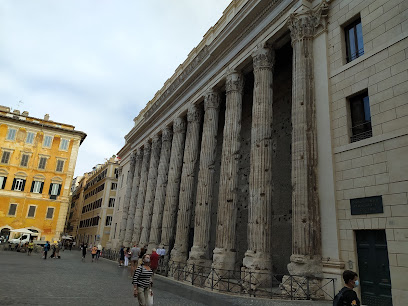
Obelisco del Pantheon
Discover the grandeur of the Obelisco del Pantheon, a historical fountain and iconic landmark in the heart of Rome's vibrant Piazza della Rotonda.

Fountain of the Moro | Roma
Discover the exquisite Fountain of the Moro, a Baroque masterpiece in Piazza Navona, showcasing Rome's artistic heritage and vibrant street life.
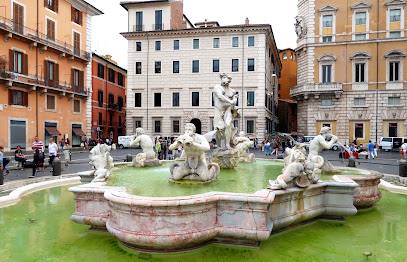
Piazza di San Silvestro
Explore the historic Piazza di San Silvestro, a vibrant square in Rome, surrounded by stunning architecture and rich cultural offerings.
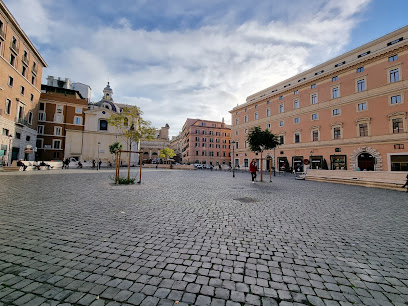
Piazza Colonna
Explore the historic Piazza Colonna, a vibrant square in Rome featuring the impressive Column of Marcus Aurelius and a lively atmosphere.
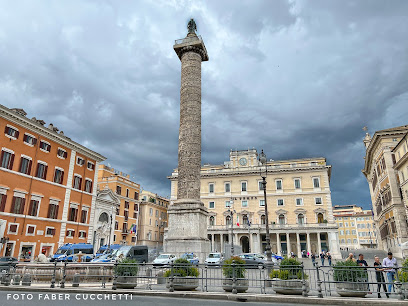
Rome, Italy
Experience the magic of Rome, Italy, where ancient history, art, and culture come alive in a vibrant urban landscape.
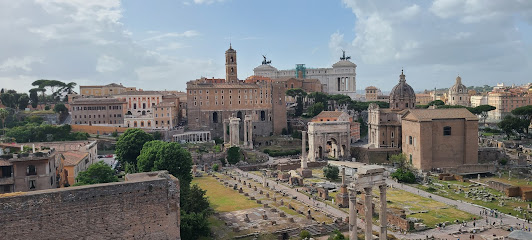
Colonne neroniane
Explore the breathtaking Colonne Neroniane, a remarkable testament to Rome's architectural brilliance and rich historical legacy.

PANTHEON
Explore the Pantheon, Rome's ancient architectural masterpiece, showcasing the brilliance of Roman engineering and rich historical significance.
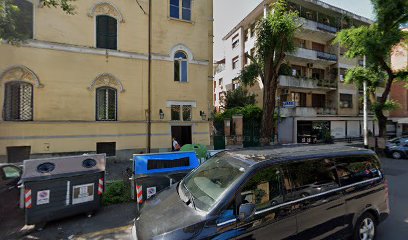
Essential places to dine
Achille Al Pantheon di Habana
Experience authentic Italian flavors at Achille Al Pantheon di Habana – where tradition meets taste in the heart of Rome.

Hostaria de' Pastini
Indulge in authentic Italian cuisine at Hostaria de' Pastini in Rome – where every dish tells a story.
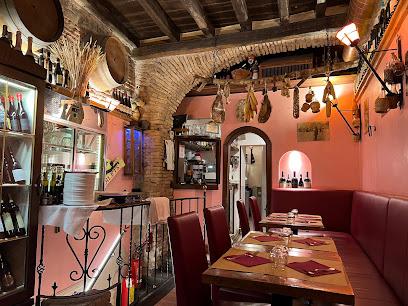
Taverna del Seminario
Discover Taverna del Seminario: A charming Italian restaurant in Rome offering exquisite pizza and traditional Roman dishes at affordable prices.
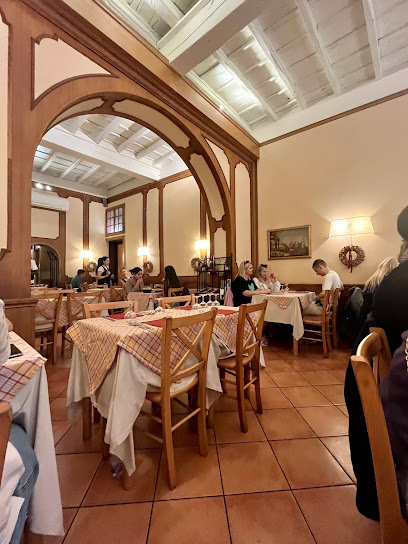
Ristorante Trattoria Antonio al Pantheon
Experience authentic Roman cuisine at Ristorante Trattoria Antonio al Pantheon, where tradition meets flavor in the heart of Rome.
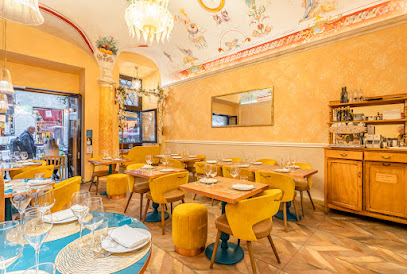
Pietro al Pantheon
Experience authentic Italian cuisine at Pietro al Pantheon - where culinary excellence meets Roman charm.
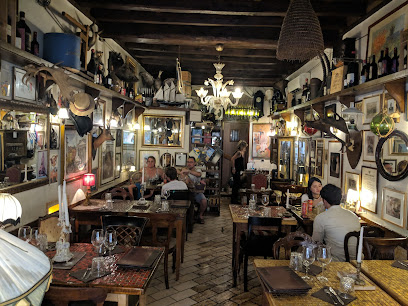
Armando al Pantheon
Experience authentic Italian cuisine at Armando al Pantheon - where tradition meets culinary excellence in the heart of Rome.
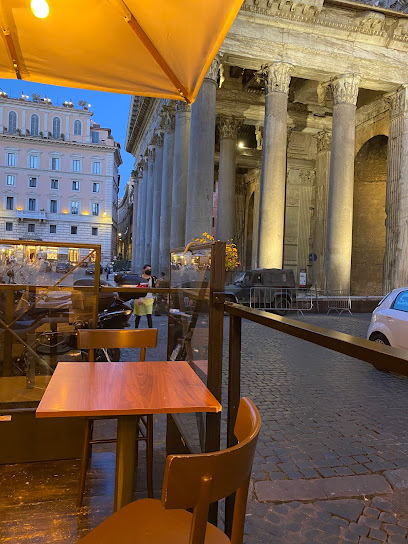
Gruppo Di Rienzo
Experience authentic Italian cuisine at Gruppo Di Rienzo in Rome's historic Piazza della Rotonda - where tradition meets taste.
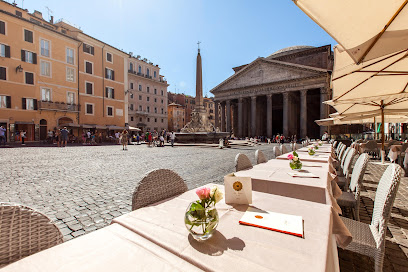
Ristorante Fortunato al Pantheon
Experience authentic Italian cuisine at Ristorante Fortunato al Pantheon, where traditional Roman flavors meet fresh seafood delights.

Hostaria Pantheon
Experience authentic Italian cuisine and delightful pizzas at Hostaria Pantheon in the heart of Rome, near the iconic Pantheon.
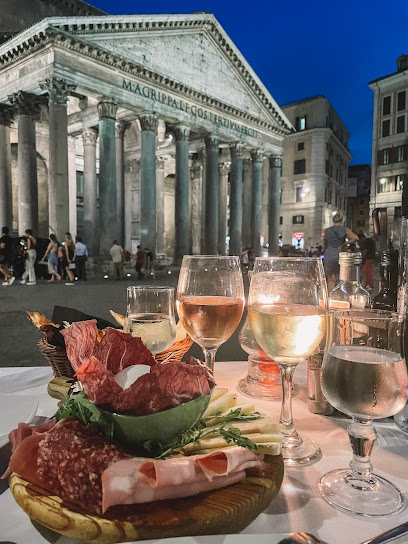
Scusate Il Ritardo
Experience authentic Italian cuisine at Scusate Il Ritardo in Rome, where tradition meets modern culinary artistry amidst historic surroundings.
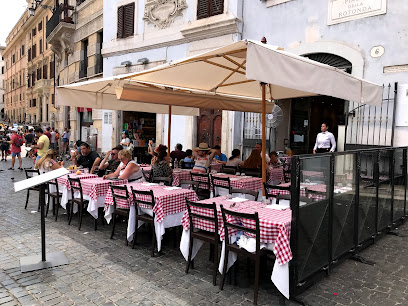
Markets, malls and hidden boutiques
Manufactus Made in Italy
Explore the essence of Italian craftsmanship at Manufactus, where unique handicrafts and stationery await in the heart of Rome.

Manufactus Made In Italy
Discover exquisite Italian handicrafts and unique stationery at Manufactus Made In Italy, a charming gift shop in the heart of Rome.
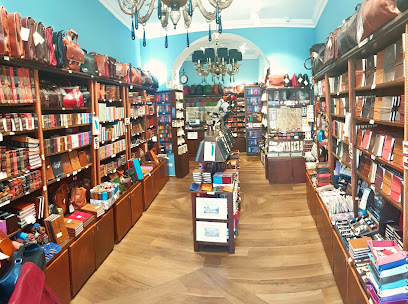
Volterra Leather shop pantheon
Explore Volterra Leather Shop in Rome for handcrafted bags, wallets, and accessories showcasing authentic Italian craftsmanship.
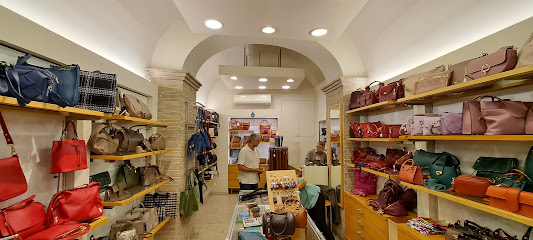
George's uomo
Discover timeless Italian fashion at George's Uomo, a premier men's clothing store near the iconic Pantheon in Rome.
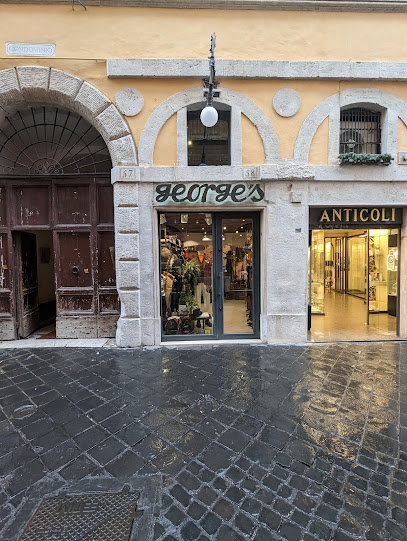
Pantheon Roma | Store
Discover the art of Italian perfumery at Pantheon Roma, where exquisite scents create unforgettable memories in the heart of Rome.
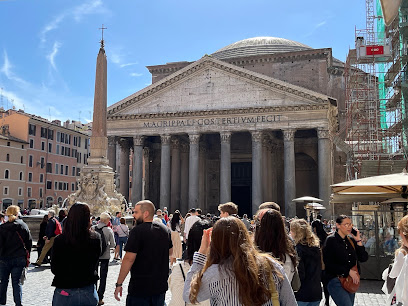
Di Rienzo MultiStore
Explore Di Rienzo MultiStore, a unique gift shop in Rome offering local delicacies, souvenirs, and a cozy café experience amidst the city's charm.

Bottega Del Pantheon
Explore the exquisite craftsmanship of Bottega Del Pantheon, a leather goods store near Rome's iconic Pantheon, perfect for unique Italian souvenirs.

Flea
Discover a charming collectibles store in Rome, offering unique vintage treasures and antiques that reflect the city's rich history.
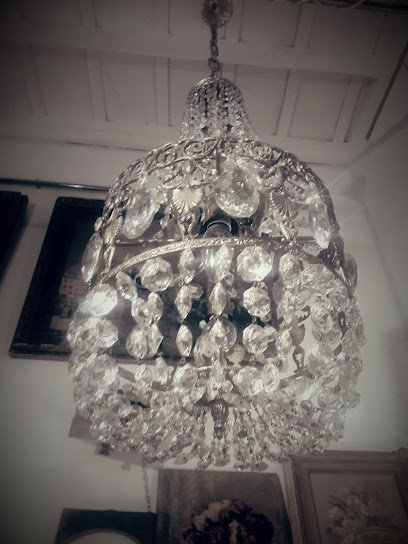
LA SELLA
Explore La Sella, a charming gift shop in Rome, where unique souvenirs and local crafts await to make your visit unforgettable.

IMPERIVM
Discover unique gifts and authentic Roman souvenirs at IMPERIVM, a charming gift shop in the heart of Rome, Italy.
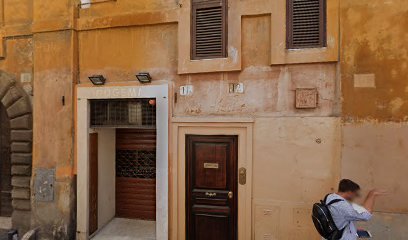
Essential bars & hidden hideouts
Ginger - Pantheon
Discover the vibrant flavors of Italy at Ginger - Pantheon, a health-focused bistro offering fresh dishes and a cozy atmosphere in the heart of Rome.
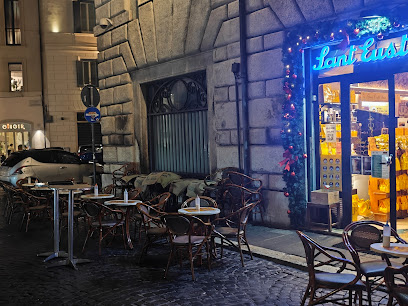
La Botticella of Poggi Giovanni
Discover La Botticella of Poggi Giovanni, an enchanting bar and wine bar in Rome offering exquisite wines and a warm atmosphere for every traveler.
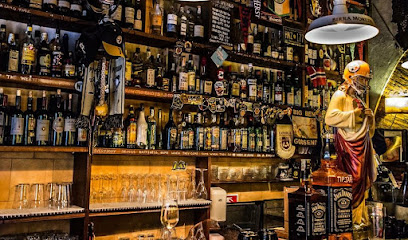
L'Emporio alla Pace
Experience the charm of Roman hospitality at L'Emporio alla Pace, a cozy bar offering delightful drinks and a vibrant atmosphere.
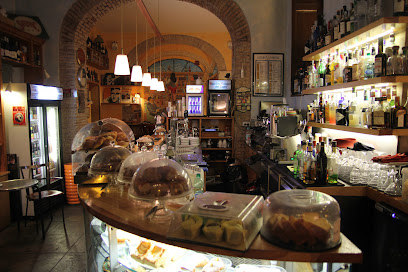
Bistrot al Pantheon Di Rienzo
Experience authentic Italian dining at Bistrot al Pantheon, a charming bistro near Rome's historic Pantheon, serving delicious meals and vibrant drinks.
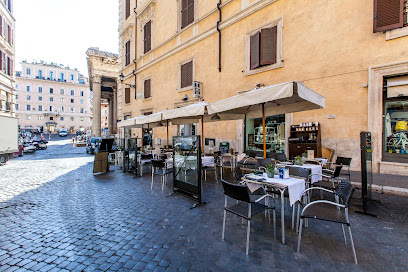
Mons
Discover Mons, a vibrant pub in Rome offering delicious cocktails, hearty hamburgers, and an unforgettable atmosphere perfect for tourists.
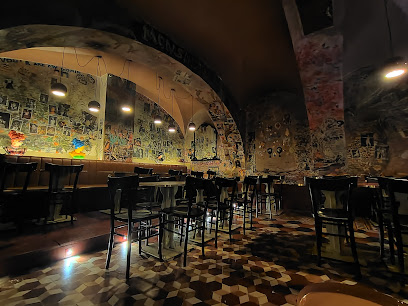
Tempio Bar
Explore the vibrant ambiance of Tempio Bar, a delightful spot in Rome's Piazza della Rotonda, where Italian flavors and warm hospitality await.
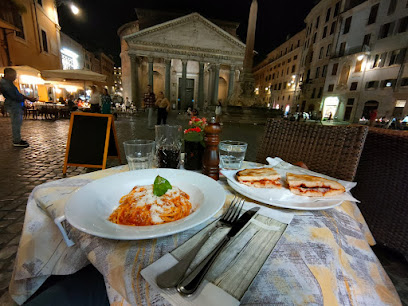
Argot - Mixology bar - Roma centro - musica live
Experience the art of mixology in the heart of Rome at Argot, where unique cocktails and live music create an unforgettable nightlife atmosphere.
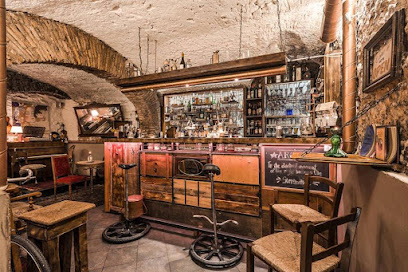
Santa Cocktail Club - Roma
Discover Rome's vibrant cocktail culture at Santa Cocktail Club, where innovative drinks meet stunning views for an unforgettable night out.

Bar della Maddalena
Discover Bar della Maddalena: A charming Roman bar where authentic coffee and pastries meet a vibrant atmosphere.

Goodness Food & Wine Roma
Experience the finest Italian wines and authentic cuisine at Goodness Food & Wine Roma, where every sip and bite tells a story.
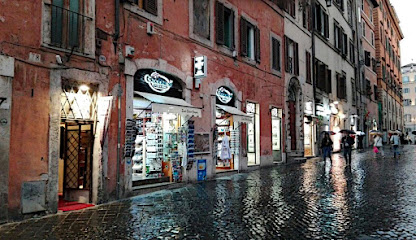
Local Phrases
-
- HelloCiao
[Chow] - GoodbyeArrivederci
[Ah-ree-veh-dehr-chee] - YesSì
[See] - NoNo
[No] - Please/You're welcomePer favore/Prego
[Pear fah-voh-reh/Preh-goh] - Thank youGrazie
[Grah-tsee-eh] - Excuse me/SorryMi scusi/Scusa
[Mee skoo-zee/Skoo-zah] - How are you?Come stai?
[Koh-meh stah-ee] - Fine. And you?Bene. E tu?
[Beh-neh. Eh too?] - Do you speak English?Parli inglese?
[Pahr-lee een-gleh-zeh] - I don't understandNon capisco
[Non kah-pee-skoh]
- HelloCiao
-
- I'd like to see the menu, pleaseVorrei vedere il menu, per favore
[Vohr-eh-ee veh-deh-reh eel meh-noo, pair fah-voh-reh] - I don't eat meatNon mangio carne
[Non man-joh car-neh] - Cheers!Salute!
[Sah-loo-teh] - I would like to pay, pleaseVorrei pagare, per favore
[Vohr-eh-ee pah-gah-reh, pair fah-voh-reh]
- I'd like to see the menu, pleaseVorrei vedere il menu, per favore
-
- Help!Aiuto!
[Ah-yoo-toh] - Go away!Vai via!
[Vah-ee vee-ah] - Call the Police!Chiama la polizia!
[Kya-mah lah poh-lee-tsee-ah] - Call a doctor!Chiama un dottore!
[Kya-mah oon doh-toh-reh] - I'm lostMi sono perso/a
[Mee soh-no pehr-soh/ah] - I'm illSto male
[Stoh mah-leh]
- Help!Aiuto!
-
- I'd like to buy...Vorrei comprare...
[Vohr-eh-ee kohm-prah-reh] - I'm just lookingSto solo guardando
[Stoh soh-loh gwar-dahn-doh] - How much is it?Quanto costa?
[Kwan-toh koh-stah] - That's too expensiveÈ troppo caro
[Eh troh-poh kah-roh] - Can you lower the price?Puoi abbassare il prezzo?
[Pwoh-ee ahb-bah-sah-reh eel preh-tsoh]
- I'd like to buy...Vorrei comprare...
-
- What time is it?Che ore sono?
[Keh oh-reh soh-no] - It's one o'clockÈ l'una
[Eh loo-nah] - Half past (10)Sono le dieci e mezza
[Soh-no leh dee-eh-chee eh meh-tzah] - MorningMattina
[Maht-tee-nah] - AfternoonPomeriggio
[Poh-meh-ree-joh] - EveningSera
[Seh-rah] - YesterdayIeri
[Yeh-ree] - TodayOggi
[Oh-jee] - TomorrowDomani
[Doh-mah-nee] - 1Uno
[Oo-no] - 2Due
[Dweh] - 3Tre
[Treh] - 4Quattro
[Kwaht-troh] - 5Cinque
[Cheen-kweh] - 6Sei
[Say] - 7Sette
[Set-teh] - 8Otto
[Oht-toh] - 9Nove
[Noh-veh] - 10Dieci
[Dee-eh-chee]
- What time is it?Che ore sono?
-
- Where's a/the...?Dov'è...?
[Doh-veh] - What's the address?Qual è l'indirizzo?
[Kwahl eh leen-dee-ree-tsoh] - Can you show me (on the map)?Puoi mostrarmi (sulla mappa)?
[Pwoh-ee mohs-trar-mee (sool-lah mahp-pah)] - When's the next (bus)?Quando è il prossimo (autobus)?
[Kwan-doh eh eel prohs-shee-moh (ow-toh-boos)] - A ticket (to ....)Un biglietto (per ....)
[Oon bee-lyet-toh (pair)]
- Where's a/the...?Dov'è...?
History of Pantheon
-
The Pantheon, originally built in 27 BC by Marcus Agrippa, served as a temple to all the gods of Ancient Rome. The structure we see today is a result of reconstruction by Emperor Hadrian around 120 AD, showcasing innovative Roman engineering with its massive dome and oculus, which remains the largest unreinforced concrete dome in the world.
-
In the 7th century, the Pantheon was consecrated as a Christian church, known as Santa Maria ad Martyres. This transformation played a critical role in its preservation, as many ancient Roman structures were repurposed or destroyed during the Middle Ages. The church status helped maintain not only the building but also its cultural significance within the city.
-
During the Renaissance, the Pantheon inspired countless artists and architects, including Bramante and Michelangelo. Its harmonious proportions and grandeur influenced the design of numerous Renaissance buildings, establishing the Pantheon as a symbol of the revival of classical architecture in Rome and beyond.
-
In the 18th century, the Pantheon became a place of pilgrimage for artists and thinkers of the Enlightenment. Its significance grew as it was seen not only as a religious site but also as a monument to human achievement and the power of reason, attracting attention from philosophers like Voltaire and Rousseau.
-
Today, the Pantheon stands as a major tourist attraction, drawing millions of visitors annually. It serves not only as a church but also as a mausoleum for several Italian kings and the famous painter Raphael, highlighting its enduring legacy and importance in both Roman history and global culture.
Pantheon Essentials
-
The Pantheon is centrally located in Rome, making it easily accessible from various neighborhoods. From Termini Station, take Metro Line A to Barberini and then walk about 15 minutes to the Pantheon. Alternatively, buses 30, 81, and 87 also stop nearby. If you are coming from Vatican City, you can take bus 64 directly to the stop at Largo di Torre Argentina, which is a short walk from the Pantheon.
-
The Pantheon neighborhood is best explored on foot due to its narrow streets and pedestrian-friendly areas. Public transport options include buses and trams. The local ATAC buses service the area, and tickets can be purchased at kiosks or on buses. For a more local experience, consider renting a bicycle or electric scooter, available through various apps. Taxis and ride-sharing services are also convenient for longer distances.
-
The Pantheon area is generally safe for tourists, but standard precautions should be taken. Avoid poorly lit streets at night and keep valuables secure. Be particularly cautious in crowded places, as pickpocketing can occur, especially around major tourist attractions like the Pantheon and Piazza Navona. It’s advisable to steer clear of less populated alleyways late at night.
-
In case of an emergency, dial 112 for police or medical assistance. The nearest hospital is Ospedale Santo Spirito, located a short taxi ride away. Always have travel insurance that covers emergencies. For minor health issues, local pharmacies are widely available and can provide over-the-counter medications.
-
Fashion: Do dress modestly when visiting the Pantheon and other churches. Avoid wearing beachwear or revealing clothing. Religion: Do respect the sacred nature of the Pantheon, which is a church. Always maintain a quiet demeanor inside. Public Transport: Do validate your ticket before boarding. Don’t stand in front of the doors and block others from exiting. Greetings: Do greet locals with a friendly 'Buongiorno' or 'Buonasera'. Don’t assume everyone speaks English. Eating & Drinking: Do enjoy gelato from local vendors. Don’t eat or drink in the Pantheon; it’s disrespectful.
-
To experience the Pantheon like a local, visit nearby cafes for a morning espresso and cornetto. Attend an evening mass at the Pantheon for a unique atmosphere and to see the building lit up at night. Explore the surrounding areas, such as Piazza Navona and the Jewish Ghetto, for authentic Roman cuisine. Engage with local artisans selling crafts in the area, and don't hesitate to ask locals for their recommendations.
Nearby Cities to Pantheon
-
Things To Do in St. Peter's Square
-
Things To Do in Apostolic Palace
-
Things To Do in Sistine Chapel
-
Things To Do in Vatican Necropolis
-
Things To Do in St. Peter's Basilica
-
Things To Do in Gregorian Etruscan Museum
-
Things To Do in Vatican Museums
-
Things To Do in Vatican Pinacoteca
-
Things To Do in Vatican Gardens
-
Things To Do in Orvieto
-
Things To Do in Assisi
-
Things To Do in Perugia
-
Things To Do in Montepulciano
-
Things To Do in Arezzo
-
Things To Do in Siena










